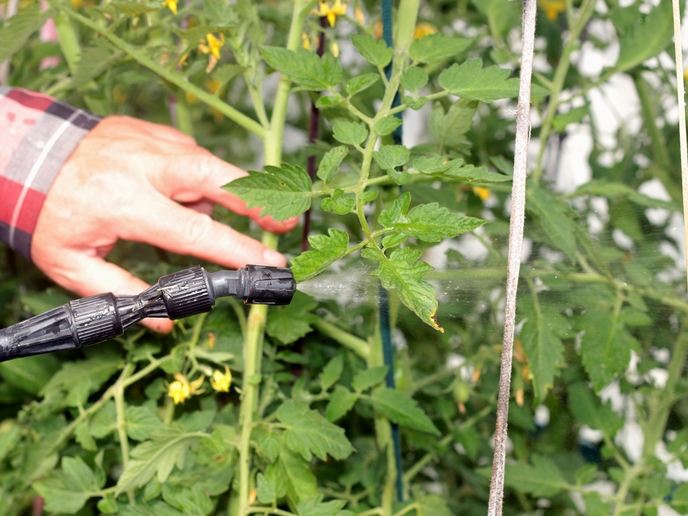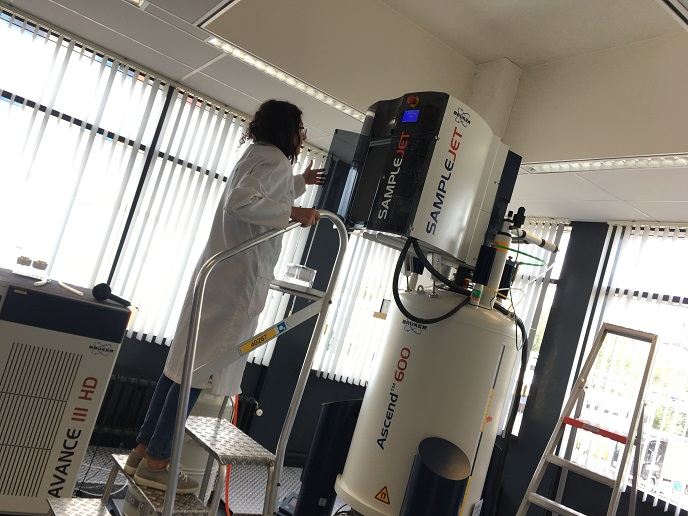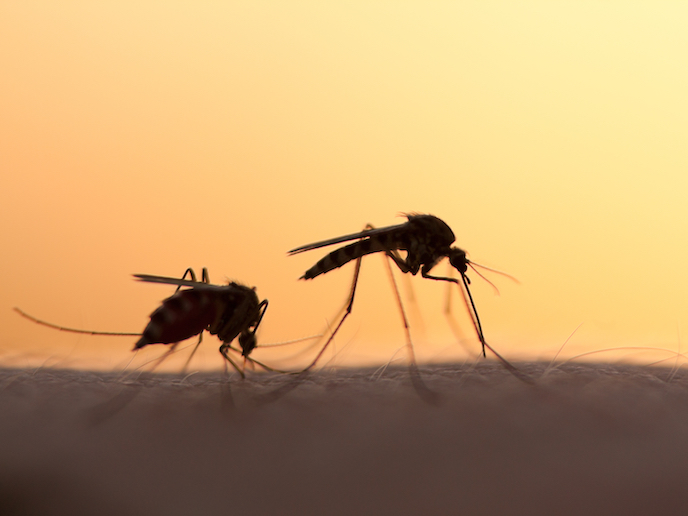Taste neurons with a sense of odour
Until recently, it was believed that gustatory or taste neurons detect only sapid molecules with flavour such as sugars whereas olfactory neurons can sense only volatile molecules. The TASTEVOL (The taste of volatiles: perception of odors through taste organs in Drosophila melanogaster) team proved otherwise using different electrophysiology techniques on their insect model. The researchers used a two electrode configuration rather than the commonly used tip-recording method where the electrode contains the stimulus and the electrolyte. As most odorant molecules are not water-soluble, uncoupling the stimulation from the recording enabled the scientists to record from the taste sensilla as well as the neurons. They stimulated the sensillum tip with tastants as well as vapours of volatile odorants such as acetic acid, acetone, 1-octanol, 1-octen 3-ol, and isoamyl propionate. Some of the gustatory neurons proved to be sensitive to the volatile vapours, demonstrating the sensitivity of taste neurons in insects to some odorants. These findings were complemented by the results from behavioural experiments where flies with removed olfactory organs avoided acetic acid just like wild-type flies. Moreover, mutant flies lacking taste sensilla did not avoid acetic acid vapours after ablation of olfactory organs. An interesting finding was the impact of chemo-aversive chemicals on the appetite of flies. Results demonstrated that odorants such as acetic acid vapours prevented flies with no sense of smell from detecting the tastant sucrose in solution. Project outcomes have significant implication for understanding and predicting insect behaviour in the natural environment with applications in pest management. Furthermore, these results challenge the current hypothesis regarding the divergence of information coding in the taste and olfactory system. This also indicates that scientists need to rethink the currently held beliefs on the evolution of chemosensory systems.
Keywords
Taste, neuron, odour, sensory, Drosophila, sapid, volatile, electrophysiology, acetic acid, chemo-aversive, pest management







